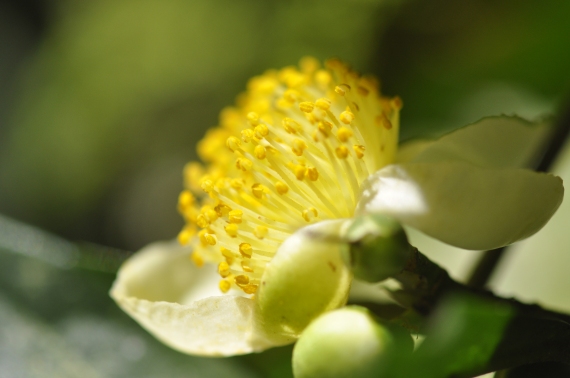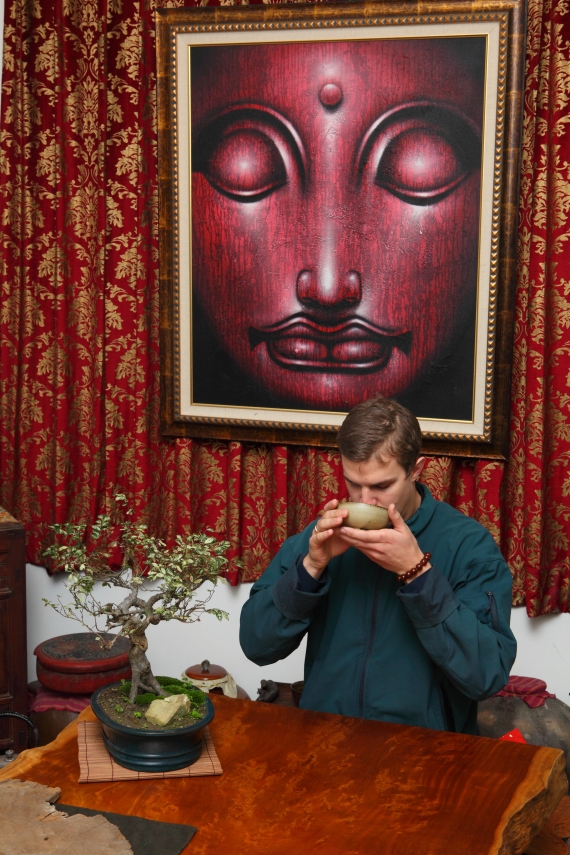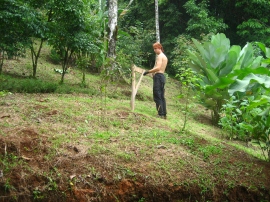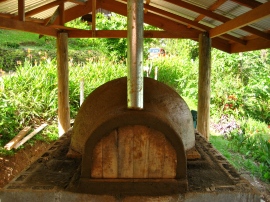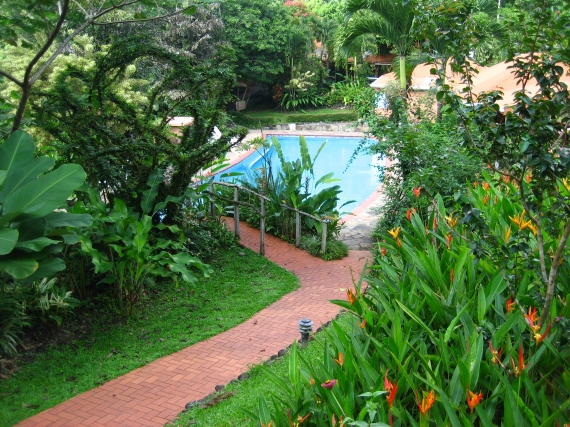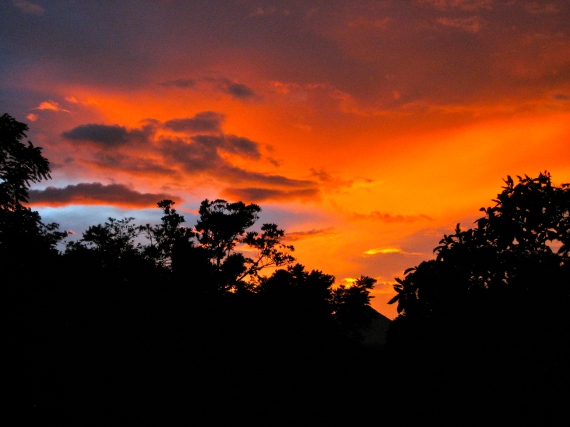Well, in the “about” section of my blog, I address you, the reader, as courteous, but just how art thou to be a courteous reader if thy has nothing to read! Absurd I know. Though, absent have I been for good reason. It all has to do with Tea of course. And since I now lack the time to keep any form of regular blog entries, I leave you, dear courteous reader, with one final TLC entry. Though I close one door, a much larger one opens…
Some of you know I live in Taiwan now. Below is a snippet into my new life. I wrote this for a newsletter called the Global Tea Hut, a global community of Spirit-minded tea imbibers. Below is just an article I wrote, but I’d recommend reading the entire newsletter here: Newsletter #12, January 2013. You can also read all of the previous GTH newsletters here. And if you’d like to become a member of our growing, loving community, you can sign up for the Tea of the Month, which means you’ll be receiving a paper copy of the newsletter, a tea gift, and “living” organic tea, while at the same supporting our tea center here in Taiwan and more importantly, supporting organic tea farmers and venders in Taiwan and Asia. Of course, if would be much better if you just come visit us at our center! We always have a bowl of tea ready for you, healthy vegetarian food, and comfortable, safe accommodations — all free of charge. That’s just what we do. We are here to serve. Oh yeah! and here’s a video detailing our future mountainside center: Light Meets Life.
WILLING TO DO, HAPPY TO BEAR
It is said that as a student of this tradition, one does not simply learn how to make tea, but how to serve it. In one sense, this is meant literally, as in the learning of how to prepare and serve tea to guests who frequent our wayside hut. (Wonderful, beautiful guests from near and far. Please know that we are learning to serve you tea!) We are intimately working with water, teaware, tea, and heat sources to better communicate with this Leaf so that it may seamlessly convey its messages of Truth and Nature to us. In developing the skills to prepare tea with grace and gongfu, it is not so much us serving you as it is the Leaf serving you through us. Dearest Camellia has so much wisdom to offer and the avenue of Tea has been chosen to drive that wisdom home to us. In service, we are the road-keepers, sweeping the dust that inevitably settles for the many vehicles of truth that pass.
As a relatively new student learning the very basics, serving tea, for me, much more often means fetching water, buying groceries, doing the dishes, preparing meals, taking out the trash, watering plants, and cleaning doggy doo-doo. What has this to do with the service of tea? What have these menial responsibilities to do with the art of serving tea, and in a greater sense, the art of living? Lucky for all of us, we have a lively, beautiful, and functional center, largely in part due to a small group of people (including all of you!), and in particular, a teacher within that group who can allow Tea to serve through him. Therefore, in order for that opportunity of service to arise, simple daily tasks and everyday errands must be carried out. That’s where we, the students come in. That’s very often our role in serving tea. For while it may seem silly, not a drop of tea could be had, had the bills not been paid; the dishes not been cleaned; the bedding not been bought; and the physical space that makes so much of this possible not been duly tended to and made available to all of you at any time for free. All of the grandeur to be found at this center is not without the smallest detail: never negligible, but often unnoticed. To answer the questions I posed before, then, it becomes a little more clear that learning to serve tea means learning to carry out the responsibilities that make the literal service of tea possible. (Yes, that includes cleaning dog poop. It’s in the fine print.)
Naturally, my answer to the question, “What are you doing in Taiwan?” is that I am a student of the Leaf: a student of Tea. After all, I’ve moved halfway across the world and committed my time to some wayside joint called the Tea Sage Hut! What I’m learning is that being a student of tea means to be a student of serving tea, and to be a student of serving tea, within the realm of ChaDao, ultimately means to be a student of service. Tea is the medium through which we serve, and it’s a very conductive medium at that. But is an act of service carried out with ill-will the same as an act of service carried out with Love? Am I fetching water because I have to, or because I love to? Does it make a difference? On the level of surface, fetching water might look like fetching water, and like water itself, two different samples might look the same, but from where they were sourced is paramount. So too, where is our service sourced from? An inner Spring nestled within the Heart of compassion, or a rusty tap spouting from the ego? From where you source your intention makes all the difference in the energy that radiates from you out to the world. Just like the koans of Zen; anything you say or do in the right frame of mind is the right answer, and anything you say or do outside of that mind is the wrong answer, even if it’s the right answer! Spirituality has nothing to do with what you believe in and everything to do with your frame of consciousness.
There is a role of service to be played here, and it’s not so much the corporeal act of carrying it out as it is the intention with which you perform it. This is no simple task either. If actions speak louder than words then intentions break the sound barrier. I am inspired by Dharma Master Cheng Yen who said, “We must be willing to do and be happy to bear.” There is a lot to do as a student of the Leaf and that can be challenging, but where will growth and development come if not from somewhere outside our comfort zone. Surely, there is little room for growth when you’re having a good time! Let us be happy to bear, and let that happiness overflow into what must be done, in the form of pure intention.
Again, we must reflect; to be a student of tea within the realm of this tradition means to be a student of tea through service, and to truly perform that service, a particular frame of mind must be achieved (a state of presence in other words). Therefore, a student of tea must also be a student of mastery of mind.
Let us not get carried away though, nor get caught up in the role of a student or service person; it’s not about that. I don’t want to portray this life as something too serious. Life is pretty simple here: we drink tea, meditate, eat well, sleep, and work. The idea is to be willing to do whatever is required of you in any situation with great intention and presence, and be happy to bear that responsibility. Easier said than done, but it’s a challenge worth accepting…
